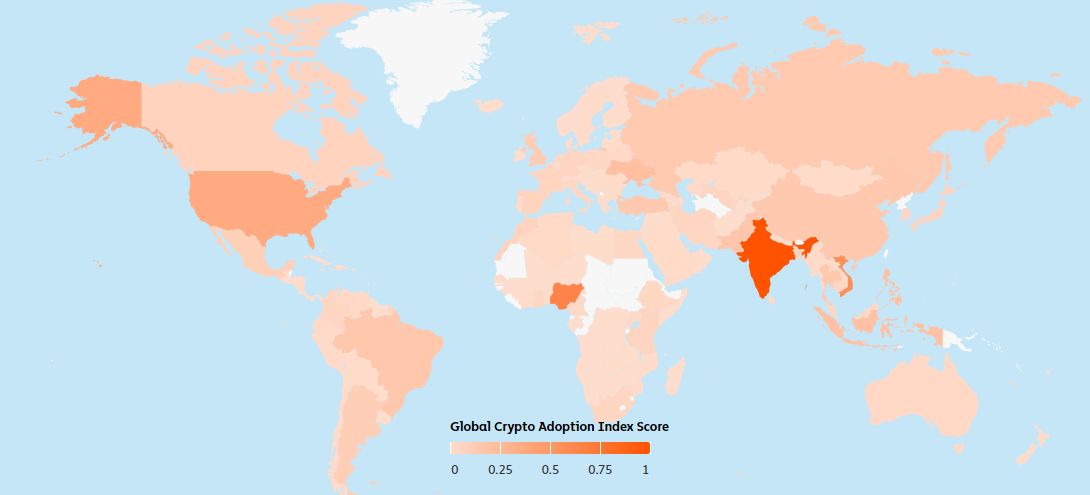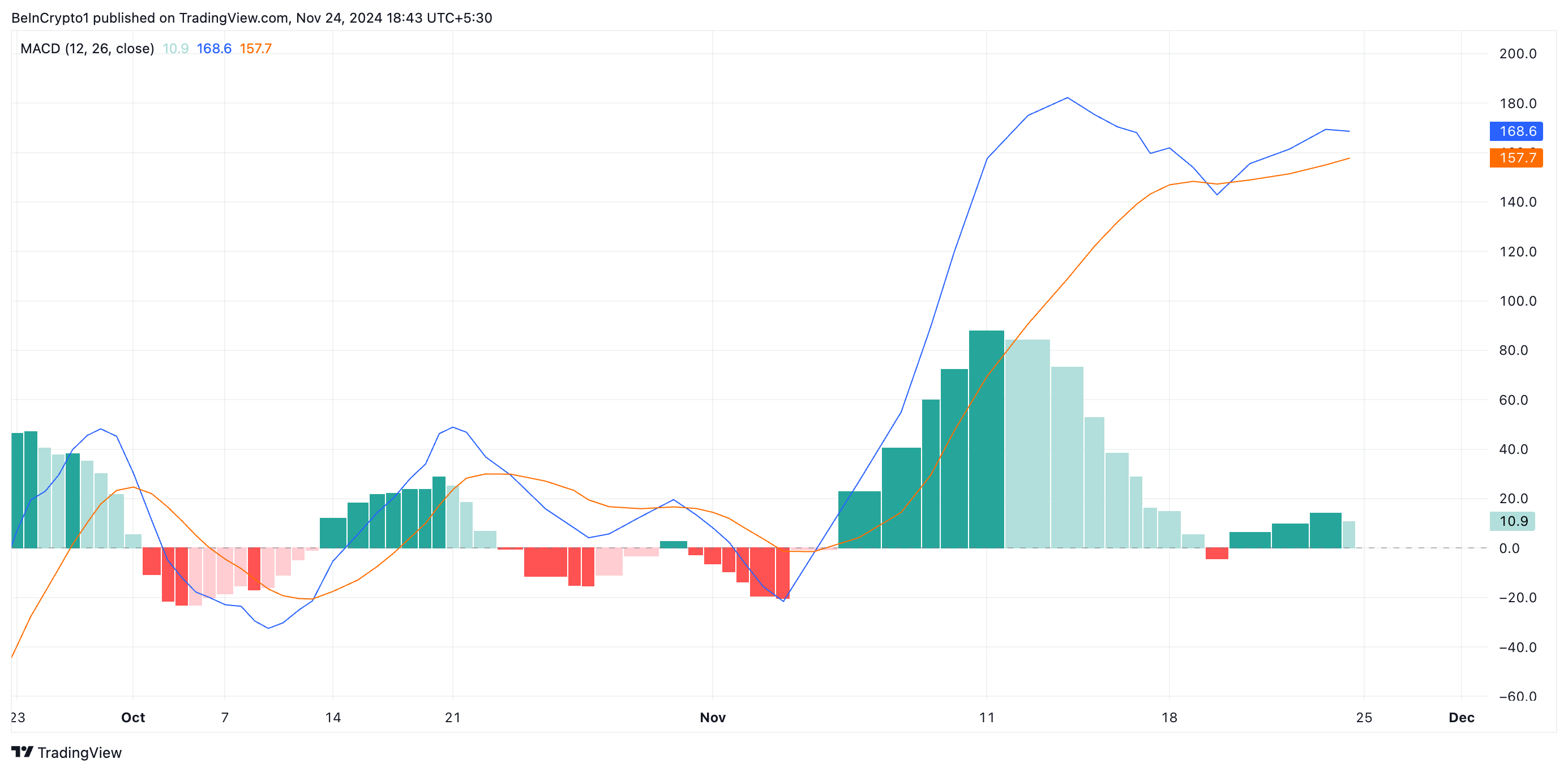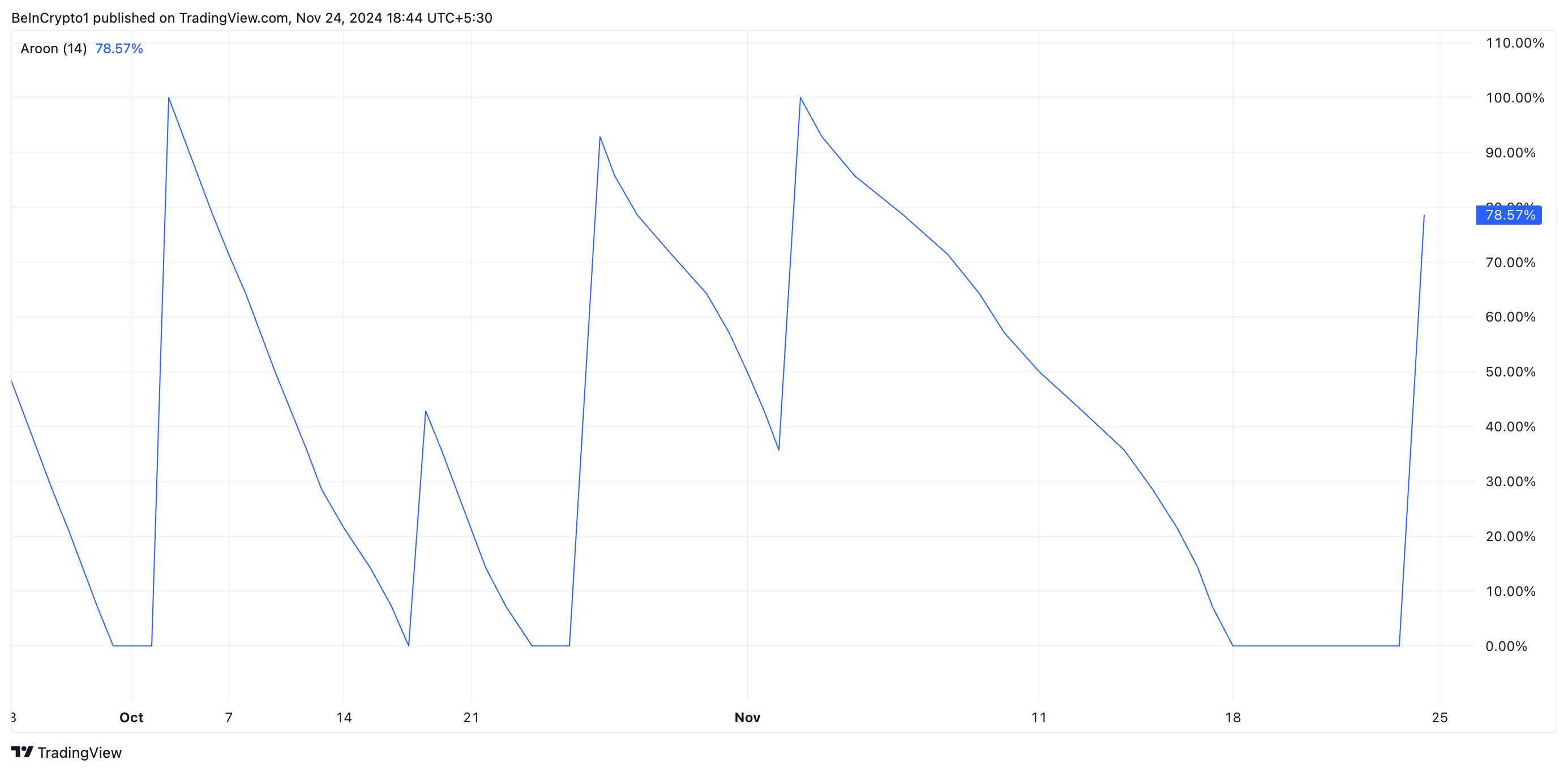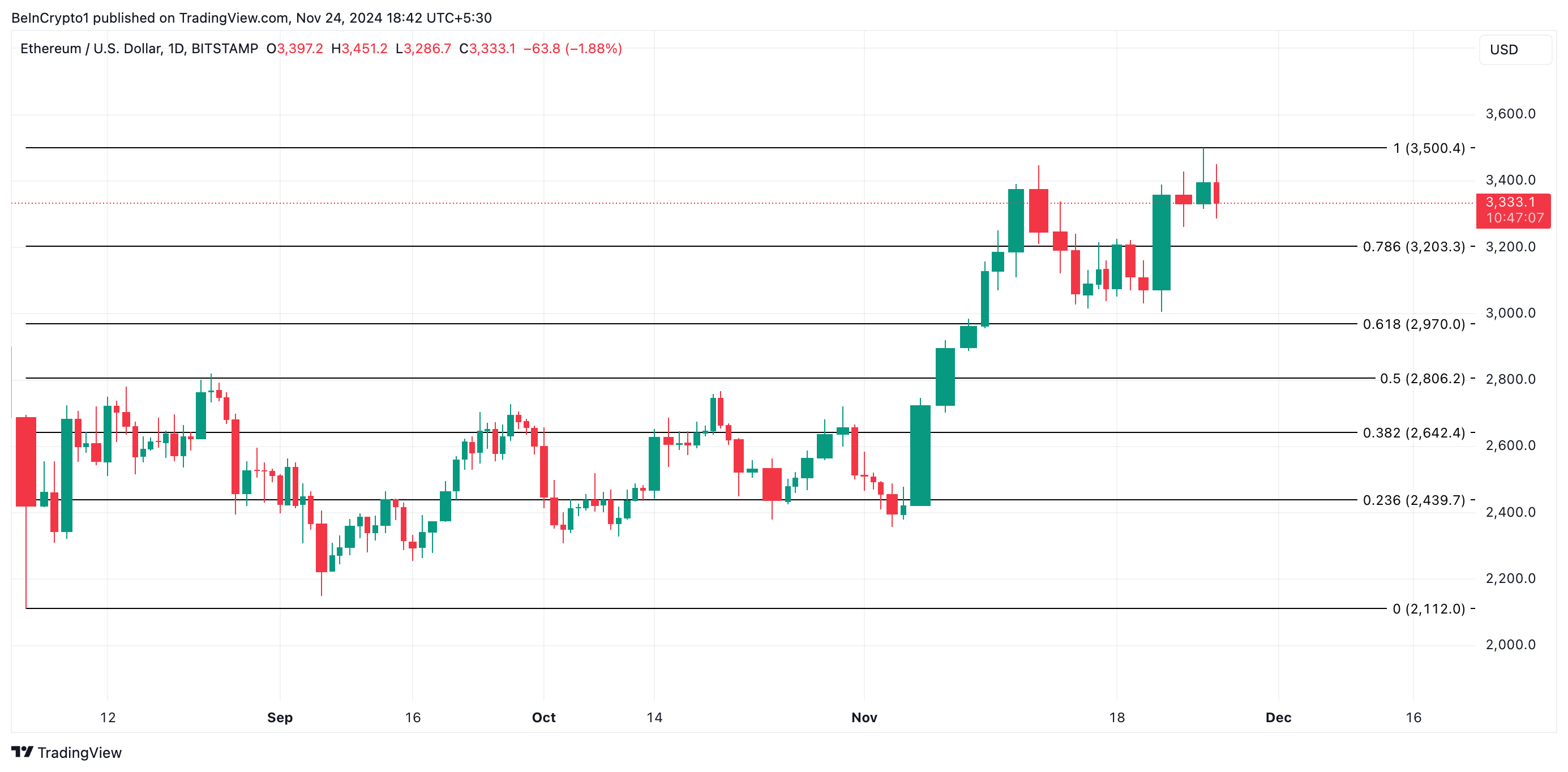Market
The rise of neo-banking and its role in banking the underbanked


Emerging nations are the fastest growing regions in crypto adoption and the growing presence of neo-banks plays the biggest role in this growth. Could these innovative platforms be the solution to financial inequalities and the lack of adequate banking services for over one billion people?
As Satoshi once remarked in his now-stopped social messages, “Bitcoin would be convenient for people who don’t have a credit card or don’t want to use the cards they have”. Emerging nations whether in Africa, Latin America or South East Asia could resonate more truly to this statement than others. Over the past half-decade, the growth of neo-banks in developing countries has caused a revolutionary change in how the populous interact in their economies and a radical change in their financial systems.
Crucially, the billions of unbanked and underbanked are finally integrated into the global financial systems, despite the lack of efficient banking structures in their respective nations.
This article will break down how cryptocurrency is benefiting the unbanked (and underbanked) and the role neo-banks play in providing financial services to countries with little hope of having a stable banking infrastructure. The piece further looks at the role developing countries play in growing the crypto ecosystem and various technological advancements in the industry as a result of rapid adoption across Sub-Saharan Africa, Latin America and Southeast Asia regions.
Financial Inequality in Underserved Economies
According to World Bank reports, over 1.2 billion people across the world are either unbanked or underbanked. Developing countries remain the most affected nations with over 50% of the population having little to no access to solid banking infrastructure or basic financial services such as loaning facilities, savings accounts, etc.
The advent of blockchain technology and cryptocurrencies sparked a drastic change in the global financial system, providing previously unavailable financial systems to citizens of these nations. The emergence of this decentralized industry is becoming a force in the global financial landscape, redefining traditional currency, transactions, and financial systems.
Cryptocurrencies, powered by blockchain technology and cryptographic principles, are opening up the financial world to developing nations, allowing previously unbanked and underbanked citizens to participate in the financial ecosystem. These assets have opened up new avenues to transact and store value by giving everyone access to fast and low-cost digital cash that can be spent anywhere.
The Rise of Neo-Banks and Decentralized Finance (DeFi)
The global financial crisis in 2008 brought rise to several innovations in the industry, majorly the growth of neo-banking. Neo-banks refer to financial technology firms that are redefining how banking services are delivered to consumers, from seamless digital experiences to lower transaction fees and accessibility via smartphones, etc.
The most prominent form of neo-banking arose in Kenya, with the launch of M-Pesa, a mobile-based financial service that allowed anyone with a SIM card and a phone to send and receive money. Over the years, such innovations have evolved into formidable players in the financial sector, as they revolutionize traditional banking and financial services.
Recently, decentralized finance (DeFi) apps have come to the fore, providing digital and decentralized alternatives that offer personalised user-centric services that resonate with crypto-savvy consumers. Notwithstanding, crypto exchange apps have sprouted rapidly offering anyone across the world an opportunity to access cryptocurrencies directly on their smartphones. These apps ensure advanced security measures, and seamless integration of fintech solutions, setting them apart from traditional finance services.
As such, developed countries have been able to join the global financial systems, signifying a paradigm shift in the transformative power of crypto for the modern consumer.
Crypto Exchanges May Challenge The Status Quo
As alluded to, crypto exchanges are diversifying to wider markets, moving from simple on-ramp and off-ramping business models to becoming neo-banks and challenging the traditional finance system – global, low-cost and very accessible to the unbanked. Crypto adoption is becoming more prominent for the 1.2 billion and financial services and products are more sophisticated and accessible. Could this pose a threat to the traditional banking systems?
The jury is still out on that but the solutions provided by these “decentralized neo-banks” are having a great effect on emerging nations’ economies – financial inclusion, low-cost remittance fees, and fast and secure transactions have driven the growth of crypto in these economies.
Boxwind, a digital asset exchange platform set to launch later in the year, brings these solutions to the 1.2 billion who need such services. From trading to lending, saving, trading, and a channel to affordably transfer crypto cryptocurrencies into and around emerging economies. The exchange is designed with advanced functionalities for new and experienced investors, providing spot and derivatives trading of over 300+ digital assets, on-ramp and off-ramp solutions, staking services, borrowing/lending and much more.
The platform also features its brainchild, PIP World, a service that aims to empower users via Edutech programs, gamified trading, and AI-powered gaming. PIP Trader, one of the gamefied and educative platforms, allows users to team up, battle in trading games, and earn rewards on an AI-powered game.
Looking Ahead
Chainalysis’ 2023 Crypto Report showed that over 40% of the world’s cryptocurrency users reside in lower-middle-income countries (LMICs), with the number growing every year. This impressive growth is heavily influenced by CEXs and the vast services they offer. Regulated crypto exchanges could be the main driver of sustained adoption rates by facilitating neo-banking services to the underbanked.
Crypto adoption in emerging economies presents a unique opportunity to empower individuals, enhance skills and financial literacy, and provide solutions to financial inequalities. For the industry to really grow, however, several things must be put in place including setting up secure platforms, regulatory compliance, users’ funds protection, easily accessible platforms, and educating the masses on the technology.
Market
Bitcoin ETFs Could Overtake Gold ETFs by End of The Year

Spot Bitcoin exchange-traded funds (ETFs) in the US are nearing a major milestone. They are set to become the biggest BTC holders in the world, even surpassing the amount held by Bitcoin’s creator, Satoshi Nakamoto.
Additionally, they are catching up to gold ETFs in total net assets.
Bitcoin ETFs on The Verge of Surpassing Satoshi Nakamoto’s BTC Stash
Since their launch in January, US spot Bitcoin ETFs have grown significantly. According to crypto analyst HODL15Capital, these funds now hold about 1.081 million Bitcoin, just below Nakamoto’s estimated 1.1 million.
Satoshi Nakamoto, the anonymous creator of Bitcoin, is believed to own approximately 5.68% of the total Bitcoin supply. These holdings, valued at over $100 billion, place Nakamoto among the world’s wealthiest individuals — if they are alive and a single person.
However, Bloomberg’s Senior ETF Analyst, Eric Balchunas, pointed out that ETFs are now 98% of the way to overtaking Nakamoto. He predicted that if the current pace of inflows continues, this could happen by Thanksgiving.
“US spot ETFs now 98% of way there to passing Satoshi as world’s biggest holder. My over/under date of Thanksgiving looking good. If next 3 days are like the past 3 days flow-wise it’s a done deal,” Balchunas stated.

SoSoValue data shows inflows into these ETFs grew by around 97% week-on-week to $3.3 billion over the last five trading days, with BlackRock’s iShares Bitcoin Trust (IBIT) contributing $2 billion. This surge coincides with the introduction of options trading for these products, which many believe is attracting more institutional investors.
Meanwhile, Bitcoin ETFs are also narrowing the gap with gold ETFs, which currently hold $120 billion in assets under management (AUM). According to Balchunas, Bitcoin ETFs manage $107 billion and could overtake gold ETFs by Christmas.
These bullish predictions reflect Bitcoin’s exceptional performance in 2024. The top cryptocurrency has surged nearly 160% since January, trading near the $100,000 landmark. In addition, its $1.91 trillion market capitalization now exceeds that of silver and major corporations like the state-owned oil company Saudi Aramco.
However, BTC still lags behind gold, which remains the world’s largest asset with a market capitalization of more than $18 billion.
Disclaimer
In adherence to the Trust Project guidelines, BeInCrypto is committed to unbiased, transparent reporting. This news article aims to provide accurate, timely information. However, readers are advised to verify facts independently and consult with a professional before making any decisions based on this content. Please note that our Terms and Conditions, Privacy Policy, and Disclaimers have been updated.
Market
Why Ethereum Price May Fall Under $3,000

Ethereum (ETH) is currently facing significant downward pressure, with its price declining by 3% over the past 24 hours. This bearish trend could push ETH’s price below the critical $3,000 price level.
This analysis examines the factors contributing to this likelihood.
Ethereum Sellers Re-Emerge
An assessment of the ETH/USD one-day chart has revealed that the coin’s moving average convergence divergence (MACD) indicator is forming a potential death cross. As of this writing, the coin’s MACD line (blue) is attempting to fall below its signal line (orange).
This indicator measures an asset’s price trends and momentum and identifies its potential buy or sell signals. A MACD death cross occurs when the MACD line (the shorter-term moving average) crosses below the signal line (the longer-term moving average), indicating a bearish trend or momentum reversal. This signal suggests that selling pressure is increasing, and the asset’s price could decline further.

ETH’s rising Aroon Down Line confirms this strengthening bearish pressure. It currently sits at 78.57%, confirming that the decline in ETH’s price is gaining momentum.
The Aroon Indicator evaluates the strength of an asset’s price trend through two components: the Aroon Up line, which reflects the strength of an uptrend, and the Aroon Down line, which reflects the strength of a downtrend. A rising Aroon Down line indicates that recent lows are occurring more frequently, signaling growing bearish momentum or the start of a downtrend.

ETH Price Prediction: Key Support Level To Watch
ETH currently trades at $3,333, resting above the support formed at $3,203. This level is crucial because a decline below it will cause ETH to exchange hands under $3000. According to readings from the coin’s Fibonacci Retracement tool, the Ethereum price will drop to $2,970 if this happens.

However, a resurgence in the demand for the leading altcoin will invalidate this bearish thesis. If this occurs, Ethereum will rally toward $3,500.
Disclaimer
In line with the Trust Project guidelines, this price analysis article is for informational purposes only and should not be considered financial or investment advice. BeInCrypto is committed to accurate, unbiased reporting, but market conditions are subject to change without notice. Always conduct your own research and consult with a professional before making any financial decisions. Please note that our Terms and Conditions, Privacy Policy, and Disclaimers have been updated.
Market
Cantor Fitzgerald Deepens Tether Ties With 5% Stake Acquisition

Cantor Fitzgerald, a prominent US financial services firm, is expanding its alliance with Tether, a key player in the digital asset industry and the issuer of the world’s largest stablecoin.
According to reports, the firm has agreed to acquire a 5% stake in Tether as part of a broader collaboration that includes Bitcoin-backed lending initiatives.
Tether Mints $13 Billion USDT as Cantor Fitzgerald Deepens Tie
The acquisition talks, reportedly finalized in 2023, valued the 5% stake at approximately $600 million. This partnership positions Tether to gain strategic advantages, particularly as Cantor Fitzgerald’s CEO, Howard Lutnick, takes on his new role as Secretary of Commerce under President-elect Donald Trump.
Market observers suggest that the nomination raises the possibility of enhanced regulatory support for Tether, which has faced scrutiny over potential violations of sanctions and anti-money laundering regulations—a claim the company has denied. However, Lutnick has promised to step down from his positions at Cantor Senate confirmation.
Beyond the ownership stake, Tether is expected to support Cantor Fitzgerald’s Bitcoin lending program, a multi-billion-dollar initiative. The program aims to offer loans backed by Bitcoin, initially funded with $2 billion, with plans for significant future expansion.
Meanwhile, Cantor Fitzgerald is already a critical partner for Tether, reportedly holding a significant portion of the stablecoin issuer’s $134 billion reserves in US Treasury bills.
As Cantor Fitzgerald deepens its involvement with Tether, the firm has continued its aggressive token minting. On November 24, blockchain analytics platform Lookonchain reported that stablecoin company minted an additional $3 billion USDT, bringing the total minted since November 8 to $13 billion. This expansion has pushed the total supply of USDT to approximately $132 billion.

The increased USDT supply may reflect the growing demand for stablecoins, often used to hedge market positions or facilitate crypto transactions without converting to fiat. This liquidity influx could reduce volatility and enhance price stability across the digital asset market.
This surge in USDT supply coincides with a broader market rally led by Bitcoin and other assets such as Dogecoin and Solana, signaling renewed investor confidence in the crypto ecosystem.
Disclaimer
In adherence to the Trust Project guidelines, BeInCrypto is committed to unbiased, transparent reporting. This news article aims to provide accurate, timely information. However, readers are advised to verify facts independently and consult with a professional before making any decisions based on this content. Please note that our Terms and Conditions, Privacy Policy, and Disclaimers have been updated.
-

 Altcoin21 hours ago
Altcoin21 hours agoBTC Continues To Soar, Ripple’s XRP Bullish
-

 Bitcoin16 hours ago
Bitcoin16 hours agoBitcoin Price Is Decoupling From Gold Again — What’s Happening?
-

 Market19 hours ago
Market19 hours agoWhy a New Solana All-Time High May Be Near
-

 Bitcoin15 hours ago
Bitcoin15 hours agoBitcoin Correction Looms As Analyst Predicts Fall To $85,600
-

 Bitcoin14 hours ago
Bitcoin14 hours agoAI Company Invests $10 Million In BTC Treasury
-

 Market13 hours ago
Market13 hours agoIs the XRP Price Decline Going To Continue?
-

 Market12 hours ago
Market12 hours agoToken Unlocks to Watch Next Week: AVAX, ADA and More
-

 Market16 hours ago
Market16 hours agoWinklevoss Urges Scrutiny of FTX and SBF Political Donations























